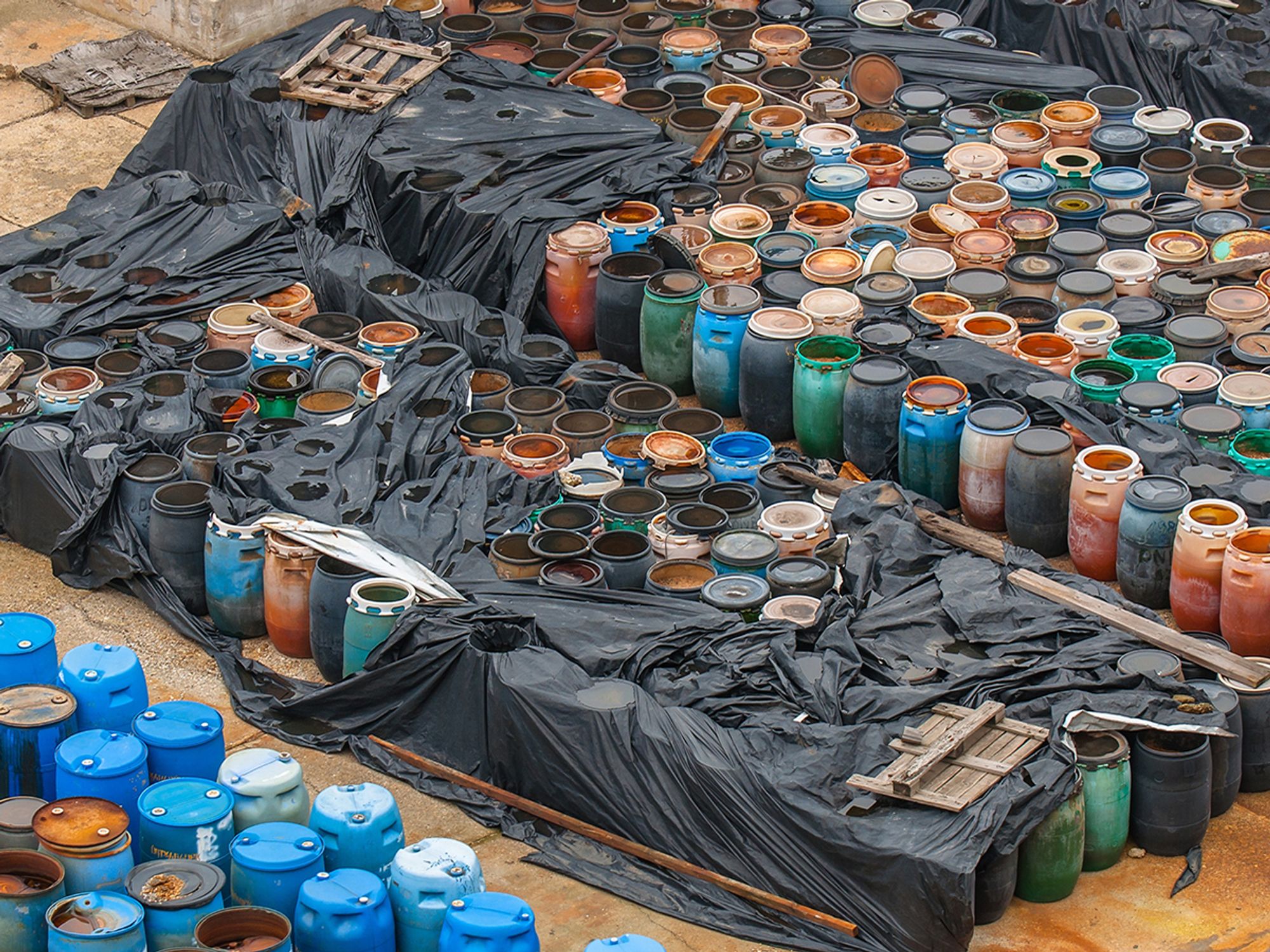The Resource Conservation and Recovery Act (RCRA )

- RCRA gives EPA the authority to control hazardous waste from cradle to grave.
- ORCR’s mission is to protect human health and the environment by ensuring responsible national management of hazardous and nonhazardous waste.
- RCRA is divided into three main programs under Subtitles D, C, and I.
The Resource Conservation and Recovery Act (RCRA) is the U.S. federal solid and hazardous waste law. RCRA is often used interchangeably to refer to the law, regulations, and Environmental Protection Agency (EPA) policy and guidance on waste management.
RCRA is actually a combination of the first federal solid waste statutes and all subsequent waste amendments. Congress enacted the Solid Waste Disposal Act (SWDA) in 1965 to provide states with incentives to manage waste in a safe and responsible manner. The SWDA was amended in 1976 by RCRA, which laid out the framework for the current hazardous waste management program.
Since then, the Act has been amended several times, including the Hazardous and Solid Waste Amendments of 1984, the Federal Facilities Compliance Act of 1992, and the Land Disposal Program Flexibility Act of 1996. In addition, the Energy Policy Act of 2005 amended Subtitle I of RCRA to strengthen the underground storage tank regulations.
RCRA gives EPA the authority to control hazardous waste from “cradle to grave,” including the generation, transportation, treatment, storage, and disposal of hazardous waste. RCRA also created the framework for the management of non-hazardous solid wastes and enables EPA to address environmental problems that could result from underground tanks storing petroleum and other hazardous substances.
The goals set by RCRA include:
- Protecting human health and the environment from the potential hazards of waste disposal.
- Conserving energy and natural resources.
- Reducing the amount of waste generated.
- Ensuring that wastes are managed in an environmentally sound matter.
EPA’s Office of Resource Conservation and Recovery (ORCR) implements RCRA. ORCR’s mission is to protect human health and the environment by ensuring responsible national management of hazardous and nonhazardous waste.
RCRA is cited under 40 CFR 239 – 282 and is divided into three main programs under Subtitles D, C, and I.
RCRA Subtitle D
Subtitle D of RCRA governs non-hazardous solid waste requirements.
These regulations ban the open dumping of waste and set the minimum federal criteria for municipal waste and industrial waste landfills, including the design, location restrictions, financial assurance, corrective action, and closure requirements.
RCRA Subtitle C
Subtitle C of RCRA focuses on hazardous solid waste management requirements.
These regulations ensure that hazardous waste is managed safely from the moment it is generated to its final disposal (i.e., cradle to grave). Under Subtitle C, EPA sets the criteria for hazardous waste generators, transporters, and treatment, storage, and disposal facilities. This includes permitting requirements, enforcement, and corrective action (or cleanup).
RCRA Subtitle I
Subtitle I of RCRA protects groundwater from leaking underground storage tanks.
These regulations require owners and operators of new tanks and existing tanks to prevent, detect, and clean up releases, and train employees in leak detection and emergency response. It also bans the installation of unprotected steel tanks and piping.
